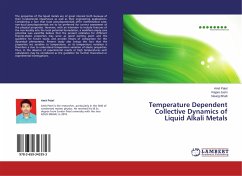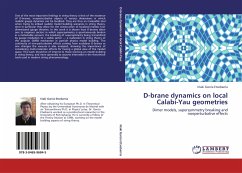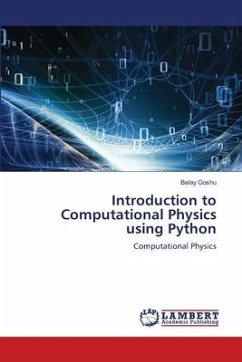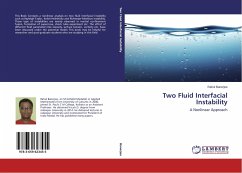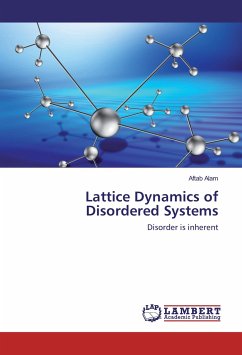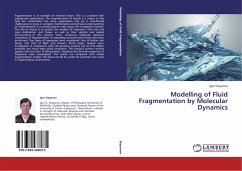
Modelling of Fluid Fragmentation by Molecular Dynamics
Versandkostenfrei!
Versandfertig in 6-10 Tagen
51,99 €
inkl. MwSt.

PAYBACK Punkte
26 °P sammeln!
Fragmentation is an example of material failure. This is a problem with widespread applications. The fragmentation of liquids is a subset of this field but nevertheless has many applications and yet is scientifically challenging to study. A complete mathematical and physical understanding of fragmentation is currently beyond reach given the complexity involved. The aim of theory is to predict the number of fragments, their size and mass distribution and shape, as well as their velocity and spatial distributions. In the present work, numerous molecular dynamics simulations of fragmentation of e...
Fragmentation is an example of material failure. This is a problem with widespread applications. The fragmentation of liquids is a subset of this field but nevertheless has many applications and yet is scientifically challenging to study. A complete mathematical and physical understanding of fragmentation is currently beyond reach given the complexity involved. The aim of theory is to predict the number of fragments, their size and mass distribution and shape, as well as their velocity and spatial distributions. In the present work, numerous molecular dynamics simulations of fragmentation of expanding Lennard-Jones fluids have been performed. Two types of expansion were considered: that of Holian and Grady, and that of Blink and Hoover. Much larger systems were investigated in comparison with the previous authors (up to 0.54 million particles) and much more initial conditions. The previous authors studied systems with less than 15 000 particles. Statistical and thermal propertiesof fragments were investigated. The results are compared with simple fragmentation models. This book should be useful for scientists who work in fragmentation phenomena.




